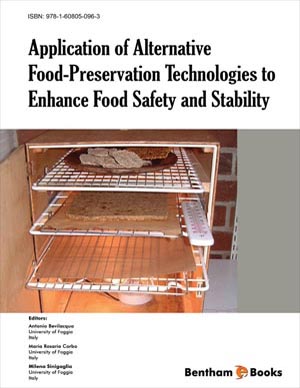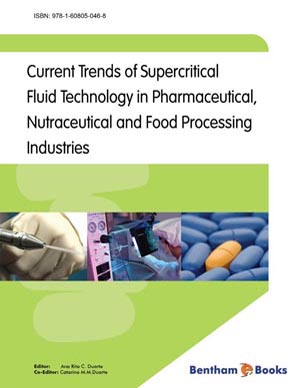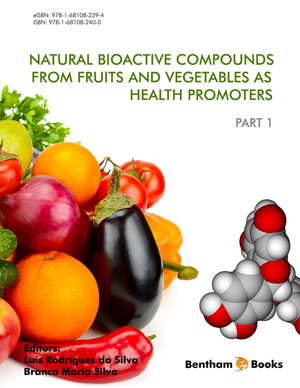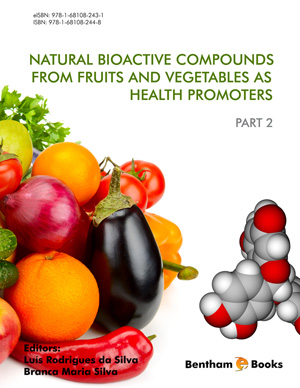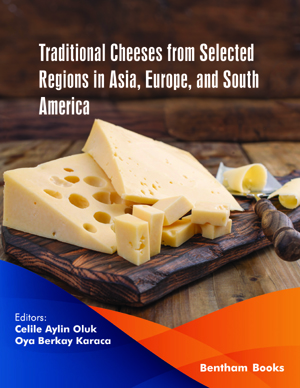Abstract
Microencapsulation has been defined as “the technology of packaging solid, liquid and gaseous active ingredients in small capsules that release their contents at controlled rates over prolonged periods of time”. The production of microcapsules began in 1950s, when Green and Schleicher produced microcapsules dyes by complex coacervation of gelatine and gum Arabic, for the manufacture of carbonless copying paper.
In relation to their structure, the particles can be classified as: mononuclear, polynuclear and matrix type. There are some methods for the microcapsules production; the choice of the microencapsulation method relies both on the nature and characteristics of the polymeric material used and the properties of the active ingredients. The main encapsulation techniques are: emulsion and interfacial polymerization, coacervation, liposome, suspension crosslinking, spray drying, spray cooling, solvent evaporation or extraction.
Firstly proposed in the pharmaceutical industry, today this technique is popular in agriculture, food industry, cosmetic and energy generation. In food industry microencapsulation is used for vitamins, flavors, enzymes and probiotic microorganisms.
Keywords: What is microencapsulation, Method of microencapsulation, Release mechanisms, Application in foods.


